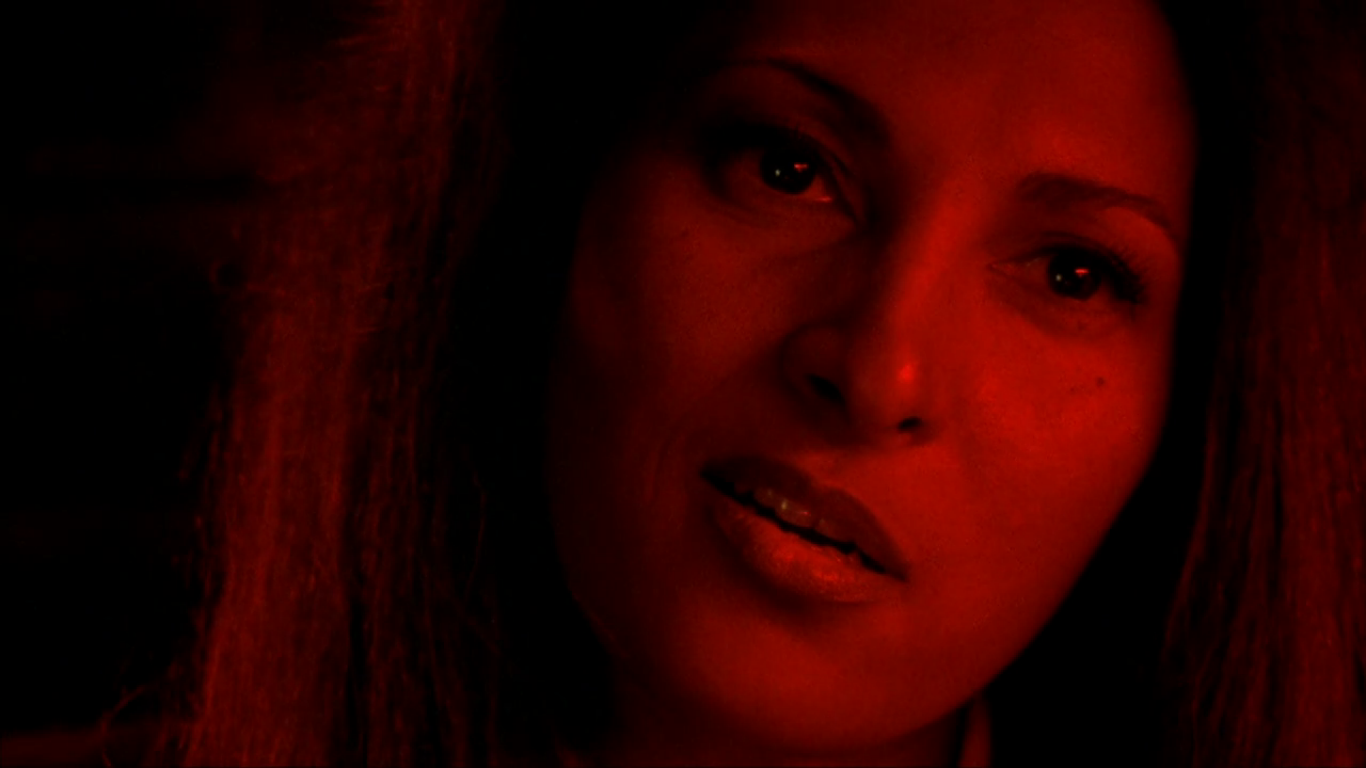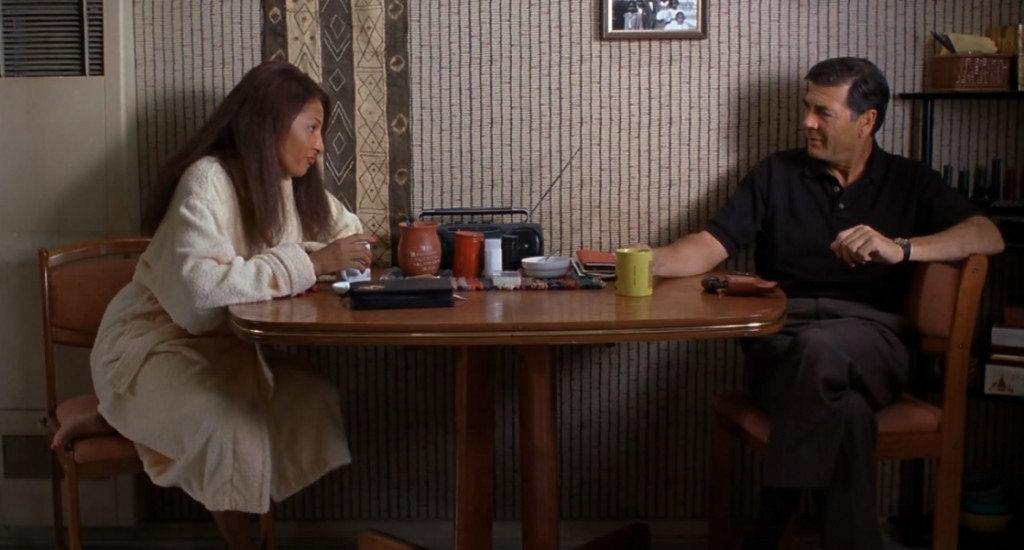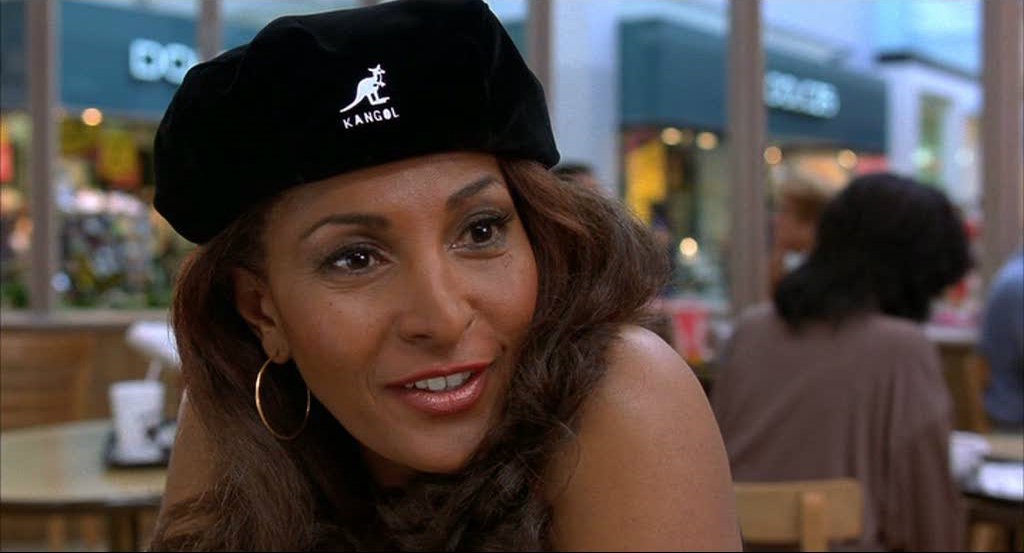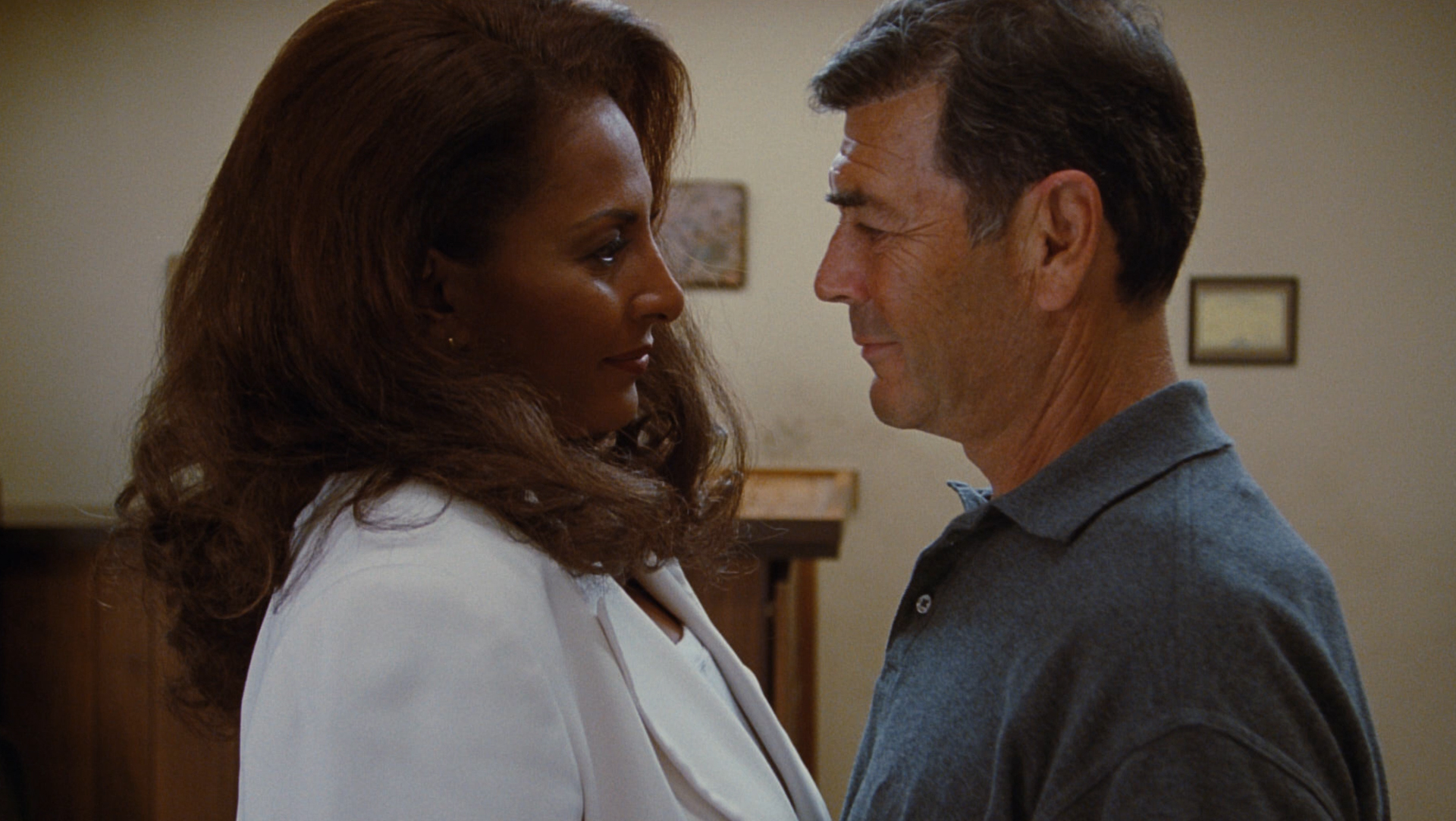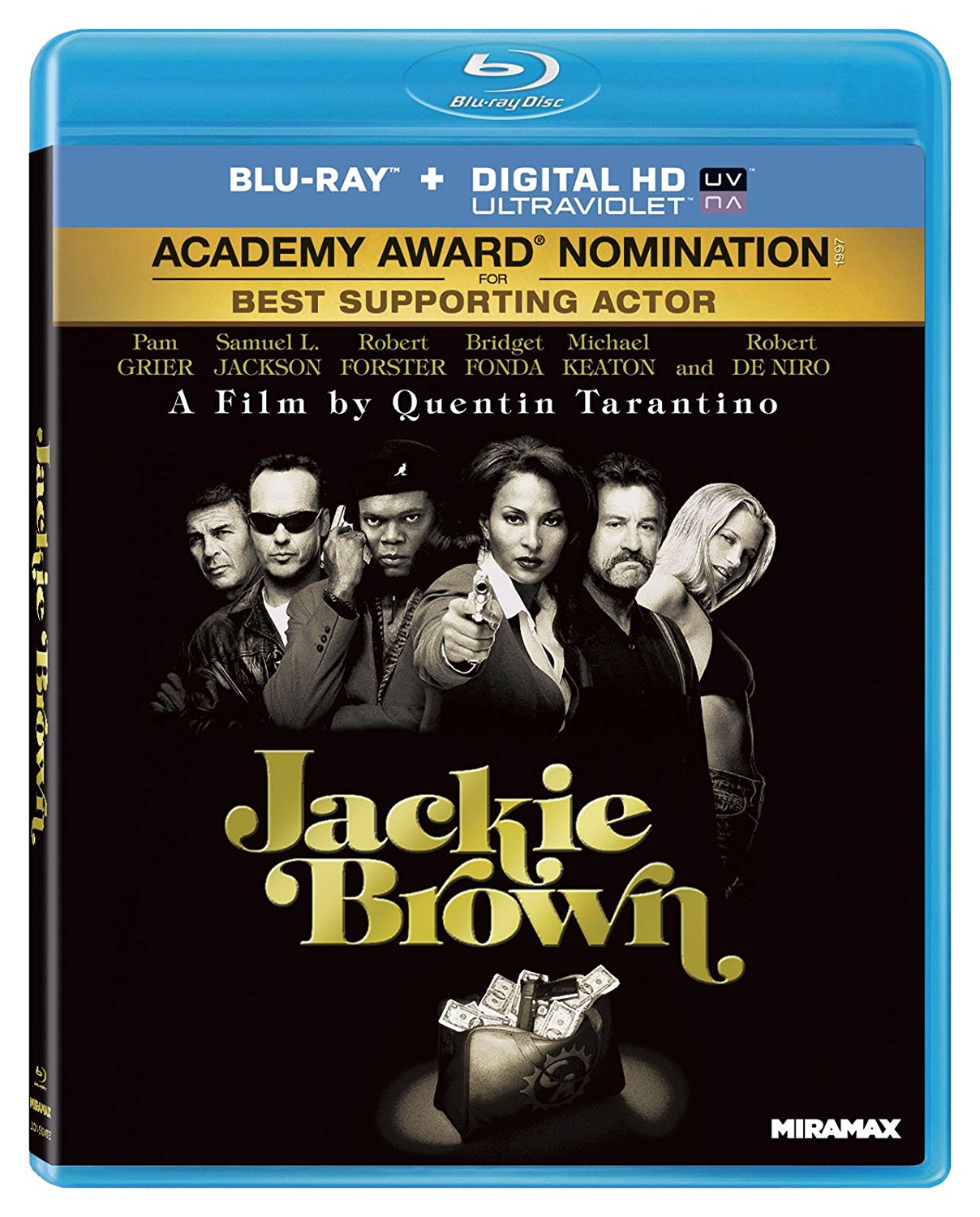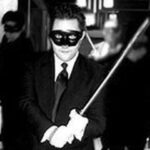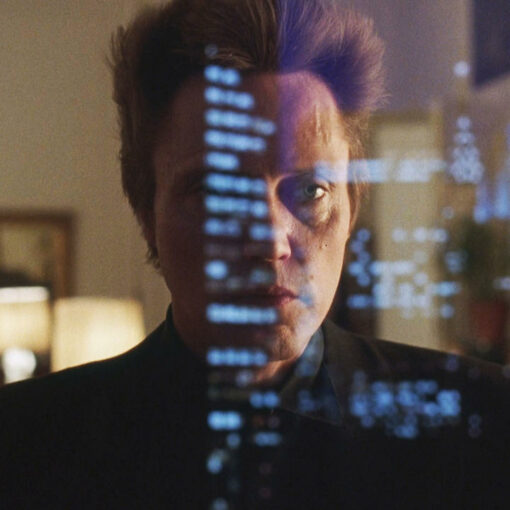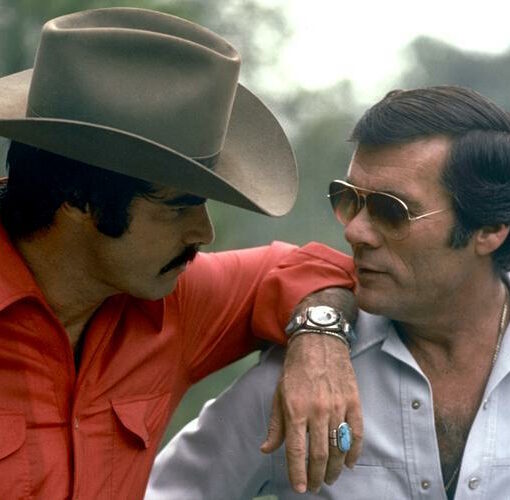During the late 60s into the 1970s, the civil rights movement was at the apex of its impact on popular culture and this had an important effect on the movie industry as well. Black filmmakers such as Melvin Van Peebles were finally able to make groundbreaking works of rebellious indie cinema. His 1971 counter-culture Afro-American empowerment tale Sweet Sweetback’s Baadasss Song was the catalyst that would begin what would later be called the “Blaxploitation era”. Many of these movies would have one main theme running throughout the stories and that was fighting back against oppression. The black characters often used the term “The Man” to describe their foes: corrupt, racist white policemen and criminal bosses. The blaxploitation heroes took no jive from anyone and usually left a lot of destruction in their wake. Regardless of what color you were, movie audiences loved these types of films.
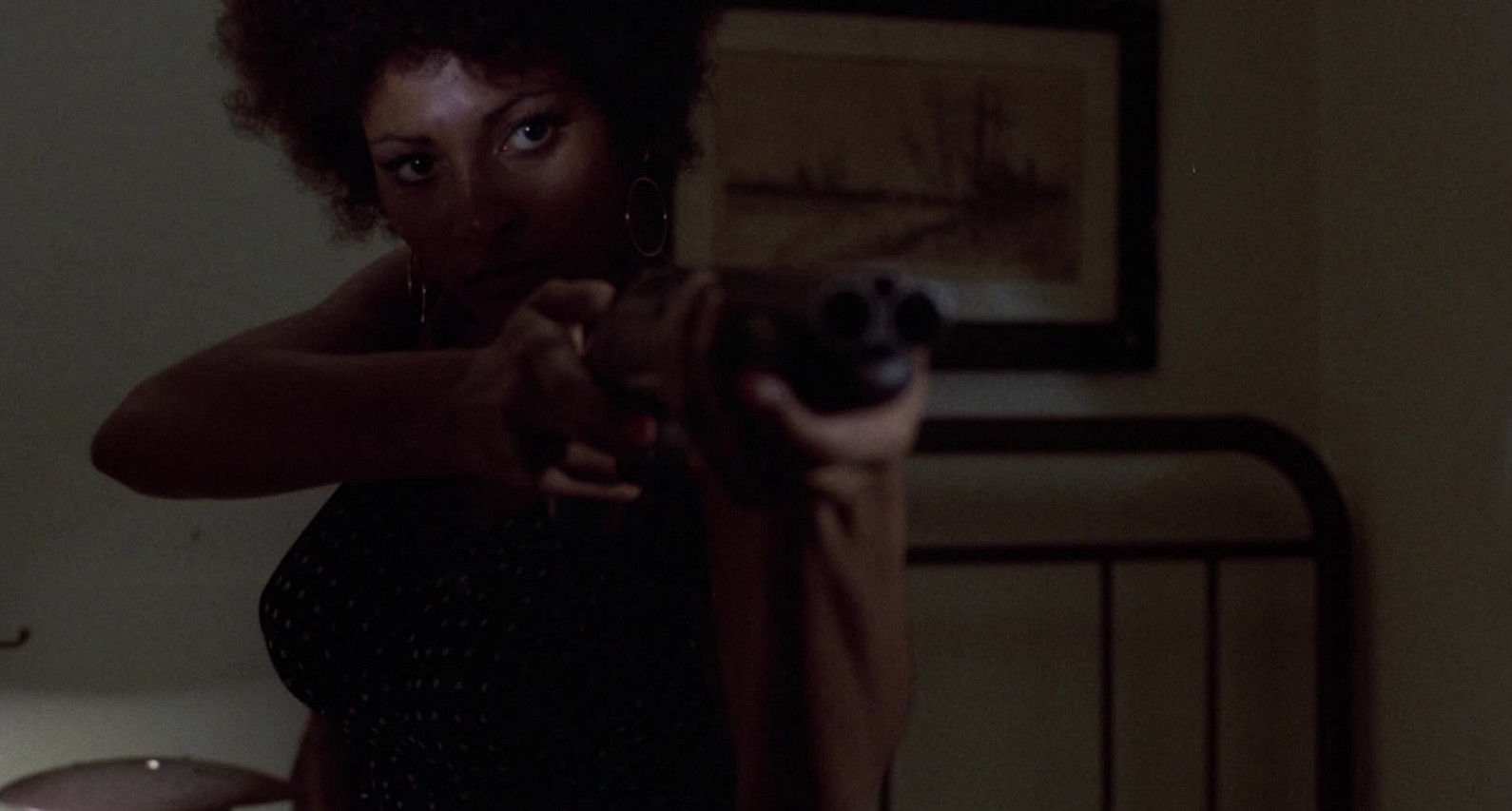
One of the female icons of Blaxploitation cinema was Pam Grier, who started her career in bit parts. When she made the women in prison film The Big Doll House, Director Jack Hill could see right away she had the potential to carry her own movie someday. The result was Coffy (1973), a story about a nurse who goes on a roaring rampage of revenge, taking on the drug pushers who helped get her younger sister hooked on heroin. The movie became a smash hit and Pam Grier suddenly was a sex icon and superstar and at the same time she was showing that women were just as capable as the men at kicking ass.
Throughout the rest of the decade Pam Grier starred in many more classics of the blaxploitation genre. After it was over in the late 70s, she went on to act in other films but never had the same amount of popularity she did from those movies….
In 1992, a young director came on the indie film scene and was quite different from the rest. His personal style of filmmaking was unique in that it was influenced by both B-movies AND the more avant garde types of cinema such as the French New Wave. When Quentin Tarantino‘s Reservoir Dogs hit theater screens, it immediately took the film world by storm and knocked people over with it’s engaging style, memorable dialogue, colorful characters and inherent wit. It became a international cult classic and set him on the road to becoming one of cinema’s most famous auteurs.

For the follow up to his 1994 multi-award winning film smash Pulp Fiction, Tarantino chose to not do something similar, but instead took a detour. This decision brought him back to one of his favorite authors and biggest inspirations as a writer: Elmore Leonard and his novel Rum Punch. The story focused on a woman named Jackie Burke, who is a flight attendant that smuggles money and drugs for a gun runner named Ordell Robbie. The book seemed ripe for a movie adaptation and QT being a big fan of it decided he would take on the challenge bringing his own ideas to Elmore Leonard’s rich tradition of crime writing.
What occurred after he began adapting the book was something very interesting. In the original story, Jackie is a white woman but Tarantino had an idea flash through his mind. Or to be more precise, a certain actress. She was the same woman he grew up watching blasting baddies in the 1970s: Pam Grier. Tarantino could see Jackie Burke would be the perfect character for a strong woman like Ms. Grier to play. The only difference was their race. With his new take on the character, one more detail was needed: a different last name. He switched Burke to Brown (after Pam’s character Foxy Brown) and thus Jackie Brown was born. It would be the 3rd film by Quentin Tarantino.
FILM REVIEW
Jackie Brown opens with the theme song to the 70s crime film Across 110th Street by Bobby Womack. Two details regarding the track: This film is often cited by critics as a blaxploitation film but it’s actually not in that genre. 2) the version of the song Tarantino uses is not featured in the 1971 film. Tarantino also employs a dolly shot that may look familiar to fans of classic movies: It is a homage to the opening of The Graduate (starring Dustin Hoffman). Tarantino shows a larger than life, statuesque Jackie Brown riding a people mover in an airport and it’s such a unique thing to see since modern films don’t feature black women in such bold, classy opening sequences. According to Tarantino the opening credits are meant to show two things: The 1st half) Pam Grier as legendary screen sex symbol/action dynamo and 2nd half) the reality of who she really is as Jackie Brown: a low paid flight attendant for a second rate airline: Cabo Air. Jackie Brown may be a partial tribute to the blaxploitation genre Tarantino grew up on, but it is not one of those films. There’s no catfights or killing pimps. This is real life.
On the side to make some extra dough, Jackie works for a small time gun runner who lives in Compton, California named Ordell Robbie (Samuel L. Jackson). When we first meet Ordell he is showing his ex-convict friend Louis Gara (Robert DeNiro) a promotional video for automatic guns (appropriately titled Chicks With Guns). Right away we can see Ordell is a loud talking, flashy but no nonsese dude. Louis sits watching but unlike Ordell he is quiet and sluggish, that’s because he has just gotten out of prison and his mind constantly seems to be in neutral. One of Ordell’s many girlfriends stashed around town, Melanie (Bridget Fonda) a blonde surf bunny lounges nearby. She’s sexy and cute but she also talks a lot, has a bad attitude and seems to have a good sense of how to manipulate people.
Ordell’s good time chillin’ is abruptly cut short when he gets a call from one of his “employees” Beaumont Livingston (Chris Tucker) who’s been arrested for gun possession. Ordell quickly hits the bail bond office in Carson, CA. owned by the calm but worn out bondsman Max Cherry (Robert Forster) and sets up a payment to get Beaumont outta the clink. Things work out, but Ordell begins to become paranoid. He’s got business to run and if Beaumont gives him up to the cops to save his own skin, its all over. Ordell decides not to chance it. His strategy of taking care of the Beaumont situation features one of Tarantino’s most humorous scenes leading into a brilliantly designed tracking shot.
Meanwhile, another problem arises when Ms. Jackie Brown comes under the surveillance of a local cop Mark Dargus (Michael Bowen) and ATF agent Ray Nicolet (Michael Keaton) due to Beaumont’s snitching. Jackie gets nabbed for transporting undeclared money but has a chance to get off, that is until the men find some drugs in her purse. She’s immediately sent to the Sybil Brand correctional facility for women. Luckily, Ordell pays to get her out of the jam until her next court date. The easygoing Max Cherry arrives to pick Jackie up and bring her home. This is another one of the most memorable scenes in the film. As Bloodstone’s R & B love song Natural High plays, Jackie walks out of the shadows and Max sees her and the camera stays in a tight close up on his face. According to Tarantino this scene wasn’t about Max’s feelings towards Jackie it was just a simple, nice moment in the movie. It sure doesn’t come across that way though. When Jackie gets back to her place it’s not long before Ordell pays her a visit with deadly intentions. This is where Jackie proves she’s not to be trifled with and shows a glimpse of the “Foxy Brown” persona from her blaxploitation days. She is able to set up a deal with OD to reuimburse her if she gets prison time too.
Even though Jackie is free, being busted by the Feds has changed everything and made her think about her life. As Mark Dargus states, “shes a 44 year old woman with a crappy job and not much else” and could be facing time in prison. When Jackie learns about Ordell’s plan to retire after having her bring back one big stash of cash back to the States, she sees it as a final shot at bettering her life. The only trouble is figuring out how to scam both the FBI and Ordell as she does it and not get herself killed. Using her wits, Jackie is able to set up a sting that, if successful, will allow her to quit her lousy job and fly off into the sunset free as a bird. With some help from her new friend Max Cherry, she goes for it and what a wild ride it is. Tarantino shoots the set up from different points of view and weaves together such an enthralling sequence of moments. It’s simply some of the best filmmaking he’s done so far.
The combination of Quentin Tarantino‘s direction/writing and Leonard’s original story was really a match made in cinema heaven. Tarantino injected his Southern California background into the story (Leonard’s crime stories are usually set in Miami or Detroit), but kept the essence of Leonard’s book and characters perfectly set in the middle. After reading the script, Leonard stated that Jackie Brown was the most authentic film adaptation of any of his work. After seeing many of his original stories in film form, I would certainly agree.
The cast of actors Tarantino chose are all at their best here. Pam Grier and Robert Forster particularly shine as Jackie and Max, two people that are past their prime in life. What makes it even nicer is the fact both were veterans of the wild 70s and 80s exploitation movies Tarantino loves, so Jackie Brown was like a dream showcase for everyone to see just how great both of them are as artists, not just action stars. Robert DeNiro who is often the main focus of movies like this, instead hangs back and creates a character that at first watch seems like he is doing nothing. Yet over time it is revealed he’s playing someone who has been mentally impaired from his time in prison (Ordell: “What happened to you man? Your ass used to be beautiful”). Samuel L. Jackson just gives the movie an undeniable energy with his renegade personality as the free-wheeling Ordell. Take another look at his hair/braided goatee, that’s the mad samurai/kung fu master style Sam chose to use to give OD even more flash.
Jackie Brown is at once an precisely executed “sting” subgenre crime film (you’d swear a filmmaking veteran in the later part of his career had made this), a solid character study, a personal homage to Tarantino’s own background living in the South Bay, and also a perfect “hang out” film. Like a Rio Bravo or a Dazed and Confused, this is the kind of film where on first viewing you get swept up in the intricacies of the plot, but with each time rewatching it, the experience gets better and better. It’s a rare thing where it’s not just about watching the story unfold each time but seeing and spending time with these well defined, likable characters again. With movies, you just can’t get much better than that.
BLU RAY REVIEW
Picture: Presented in (1:85:1) 1080p High-Definition. This brand new transfer was overseen/approved by Quentin Tarantino. The clarity on this latest upgrade is nothing less than stunning. The layered color palette both bright and more muted pops off the screen. The dark nighttime and bright daytime scenes have equal contrasts that are deep and rich.
Audio: Dolby Digital 5.1 (DTS Master Audio) Surround Sound. The Tarantino handpicked 70s Pop R&B/Soul soundtrack for this film is one of the most enjoyable features and the new multi-channel audio mix just pumps up all the levels bringing the catchy QT dialogue, music and background ambience together beautifully.
Subtitles: English and Spanish.
Special Features
- Breaking Down Jackie Brown (HD) – In this all new featurette film critics/geeks Elvis Mitchell, Scott Foundas, Stephanie Zacharek, Tim Lucas and Andy Klein hold a roundtable discussion and share their appreciation of the movie as well as personal thoughts and views on its contrast with Tarantino’s other work.
(The following supplements are Standard Definition)
- Jackie Brown: How it Went Down – A fun featurette on the making of the film featuring interviews with Quentin Tarantino, Producer Lawrence Bender, stars Pam Grier, Samuel L. Jackson, Bridget Fonda, Robert Forster, Robert DeNiro, Michael Keaton, Michael Bowen as well as Rum Punch author Elmore Leonard and the crew of the movie.
- A Look Back at Jackie Brown – Quentin Tarantino is interviewed after the films release and gives some insight on his reactions to the film’s reception and how much he enjoyed working with the actors.
- “Chicks With Guns” Video – Watch the explosive, over the top gun promo Ordell shows Louis in the opening scene.
- Siskel and Ebert “At the Movies” – The legendary duo review the 1997 Tarantino release.
- Jackie Brown on MTV “Promotional Contest” and “MTV Live” – QT visits MTV to do some promotions for the film.
- Marketing Gallery (includes three trailers and eight TV spots)
- Still Galleries, Trivia Track
- Deleted and Alternate Scenes with Tarantino introduction
- Soundtrack Chapters allows for direct access to any of the film’s great source cues.
- Robert Forster Trailers – A great collection of some of the actor’s classic theatrical preview reels.
- Pam Grier Trailers – This compilation will be especially exciting for exploitation cinema lovers. All of Pam’s films in the women in prison and blaxploitation genres are included!
- Pam Grier Radio Spots – Listen to several commercial audio clips from Pam’s blaxploitation films.
THE FINAL WORD: This is one of Quentin Tarantino’s most understated films that really flew under the radar when it was first released. For cineastes who enjoy slowed down character driven pieces, it doesn’t get any better. To experience it today at the apex of its visual and audio vibrance through the Blu Ray format makes it even more special. If you’re a Tarantino fan and own a Blu Ray player, you need to pick up this title. It’s a classic of the crime film genre.




